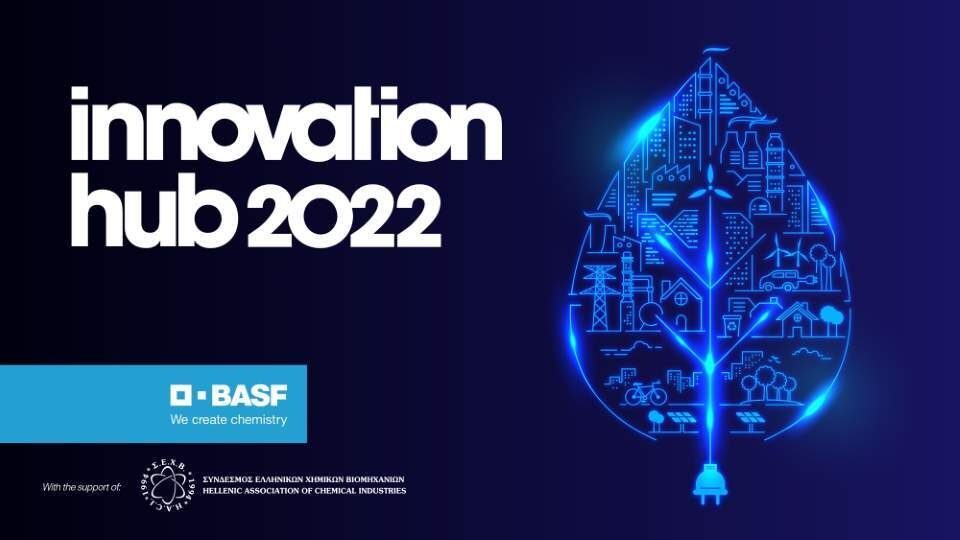
Three weeks after the relevant platforms for the revival of 72 or 120 instalments were opened or tThe new arrangements for debts to the tax authorities and funds created between 1 November 2021 and 1 February 2023, market participants are sounding the alarm that of the total potential beneficiaries of the new arrangements will eventually be able to join just one in five.
The reason is the strict cut-offs and the traps of the new debt arrangements. So thousands of debtors who, while wanting to join, will ultimately fail.
Bodies representing professionals and businesses have pointed out from the very first moment that the relevant provisions were passed the points that are obstacles to proceed for the benefit of debtors the new regulations and to put a brake on the increase in overdue debts that "drown" millions of citizens and businesses.
And "overcoats"
What thousands of debtors may not be aware of is that the new arrangements are full of pitfalls. Traps that you need to know about in advance in order tonot to be exposed to the IRS and be asked to pay "panotokia". The but most importantly, they must not lose their assets through seizures and auctionsthat may be imposed on them.
The new arrangements concern specific debts and specific categories of debtors. In no way is this a new 120 instalment arrangement. It is a revival of an earlier one, which the debtor, although he had joined, at some point could not service it and found himself out of it. Essentially, the government is giving a second chance to those who in the years of the pandemic and then in the period when our country was hit by the crisis of poverty were not able to meet their obligations to the tax office or the social security funds.
The "specifications" - Settings
The new regulations concern both the revival of 72 or 120 instalments and the inclusion of new debts in 36 or 72 instalmentswith specific "specifications" and strict terms and conditions. In all cases the instalments are subject to interest and the monthly instalment is increased.
The deadline for joining the new regulations and the fact that two instalments must be paid within this period is a key factor that many people who wish to revive the 72 or 120 instalments will not be able to do so.
The basic requirement for reintegration into the 72 or 120 instalments is that the application must be submitted by 31 July and two monthly instalments must have been paid. The current one and an additional one that amortizes old obligations in order of seniority up to that date. The missed instalments are carried forward in bold at the end of the arrangement. So in any case the debtor will pay 72 or 120 instalments in total. No instalment and no debt shall be waived or cancelled.
The reintegration
All those who were excluded from these arrangements up to 1 February 2023 are eligible for reintegration. If they miss the arrangement because they left unpaid instalments after that date, they are not eligible for reintegration. Another trap to consider.
Another important condition for activating old arrangements or settling debts that arose during the energy crisis is that the debtor must not have any open accounts with the tax office or the social security fund in the past. And if he has, to close it by settling these outstanding debts. If he does not do so, the system will simply not allow him to proceed to any other favourable arrangement. And here are the remarks of the market players that because of this condition most of them will not be able to join this scheme either.
Only in the fixed
Specifically, those who have other unsettled debts other than those included in the 72 or 120 instalments will must, within one month of the validation of the revival, include these debts in the fixed 24 or 48 instalment scheme; and not in 36 or 72 instalments, while along with the revival that takes place, the debtor can enjoy all the benefits that accompany it, such as for example the granting of tax and insurance information and the release of bank accounts.
The debtor who rejoins the arrangements and complies with them must request the cancellation of the attachments and freezing of bank accounts and seizures of amounts in the hands of third parties.
Mortgages
In any case, the State reserves the right to and after the debtor has complied with the instalment facility granted to him to register mortgages on the assets of the debtor, co-obligors or guarantors, if the debt is not insured, and not to issue the debtor with a certificate of correctness for the transfer of property or the creation of a right in rem thereon, even if the conditions for granting it are fulfilled, if the debt is not secured.
Debts that fell due between 1 November 2021 and 1 February 2023 can be included in the 36 or 72 instalment scheme. These instalments are not interest-free, but are interest -bearing with a fairly "steep" interest rate. For 36 instalments the interest rate is 4.38%, while for 72 instalments it is 5.87%.
Settings - Settings - 1 November 2021
However, what should be pointed out is the fact that in order to join the 36 or 72 instalment scheme it must either not owe EUR 1 before 1 November 2021 or any debt he had up to that date had been settled and not defaulted on because of unpaid instalments. Essentially, even those who had debts included in the 120 instalments, if they had lost this arrangement by 30 October 2021 and now rejoin, they cannot settle in 36 or 72 instalments debts of the period 1/11/2021 - 1/2/2023. This is perhaps the most important factor that few people will be able to join the new debt arrangements with 36 or 72 instalments.




